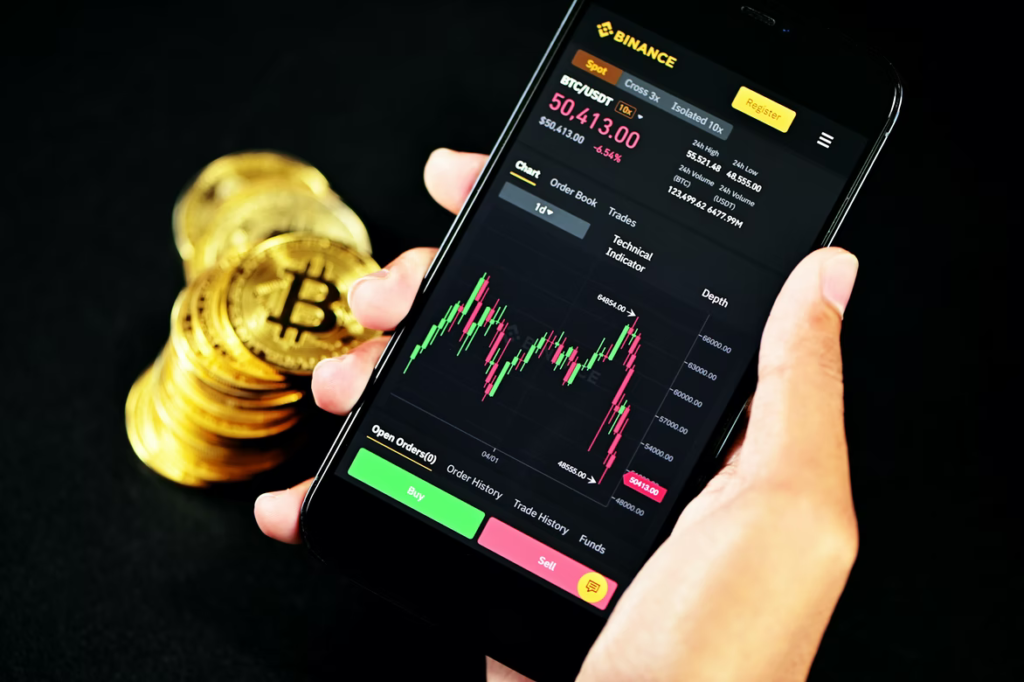Cryptocurrency made its way into the world in 2009, with Bitcoin being the first digital currency built on blockchain technology. Crypto markets are known for their highly volatile nature that would make the stock market seem dull.
This year alone, Bitcoin has seen tremendous highs and lows. It went close to $65,000 in April, only to crash to half of it in May. The price began to rise again from mid-Oct and is currently around $59,000 (as we write this). It even touched $66,000 before falling back to less than $60,000 and seems to be rising yet again.
Terms such as Bitcoin, Litecoin, Ethereum, Dogecoin, XRP, etc., can be confusing. While some people have heard of these cryptocurrencies, they don’t know much about how the entire thing works. It’s not really surprising when you consider how the world is still divided about using digital currency.
So, let’s start at the very beginning.
What is Cryptocurrency?
In simple words, cryptocurrency is a digital currency that doesn’t have a representation in physical form. For example, dollars are physical paper money. Dollars are also used for electronic payments. But a cryptocurrency has only an electronic identity and cannot be printed like regular money. However, crypto can be traded in the same way as fiat (traditional money).
It could easily be called digital currency and save us the trouble, right? There’s a reason for using the term crypto. Cryptocurrency comes from ‘cryptography’, the ancient art of writing and solving codes.
The cryptocurrency is developed by writing a similar code that’s unique and cannot be duplicated. The codes are built on blockchain for increased security as well as transparency. When a cryptocurrency is designed, only a fixed number of coins are made. Once all the coins are traded, the currency is halved (Bitcoin has been halved more than once) to accommodate more investors and increase the value of the cryptocurrency.
Number of Cryptocurrencies
Can you believe that there are currently 13,000 cryptocurrencies in the market? Indeed, all of them are not known. Only a handful of them are widely popular. Some have gone extinct after brief success. A few others are limited in use.
According to the global crypto chart by the CoinMarketCap website, the total value of cryptocurrency is $2.57 trillion on 28th Oct 2021. It touched an all-time high of $2.6 trillion not so long ago before falling to $2.5 trillion and rising high again. Overwhelmed? Don’t be.
Understanding cryptocurrency is not as complicated as it sounds. You just need to learn the basics about how it works and things to consider when investing in crypto. Look at crypto as a new way to make monetary transactions rather than only a way to increase riches. That’ll help you have a better perspective of the crypto market.
Working of Cryptocurrency
Crypto trading is done on a decentralized blockchain platform with no middlemen or government agencies involved in the transaction. The exchange acts as a place to directly buy and sell cryptocurrency to another person on the same platform.
You store crypto in a digital wallet that has a public and private key to facilitate the transaction. We aren’t getting any more into the technical details. Think of crypto trading as a cash-based real-life transaction that doesn’t involve anybody except you and others.
Top Five Cryptocurrencies
- Bitcoin (BTC)
- Ethereum (ETH)
- Solana (SOL) (latest altcoin)
- Cardano (ADA)
- Ripple (XRP)
Other Factors to Consider
Cryptocurrency has been deemed as the currency of the future by many. Bitcoin is pretty much considered the next God that’ll replace dollars, yen, etc. Is that really the case?
The truth is much more complicated. While crypto allows for transparency, keeps a perfect trail of the transaction, and allows anonymity simultaneously, it’s not without its faults.
Countries need stable markets and currencies. We’ve already established that crypto is as volatile as it can get. In such instances, cryptocurrency can be an addition to fiat currency but not a replacement. Quite many experts have voiced this opinion. On the other hand, Crypto lovers are confident that Bitcoin will be the first global currency in a true sense. The bottom line is we don’t actually know where cryptocurrency will be in the next ten or thirty years.
Instead of looking at crypto as a future goldmine, it can be considered a way to facilitate cross-border transactions and save time and money for the parties involved. It can bring profits in the short and mid-term if you invest wisely.
To Sum Up
You can happily invest in crypto as long as you can afford it and know that the tide could go either way. Plan a balanced financial portfolio, and include crypto as one of the investments. Stay alert and trade with care.




Be the first to write a comment.